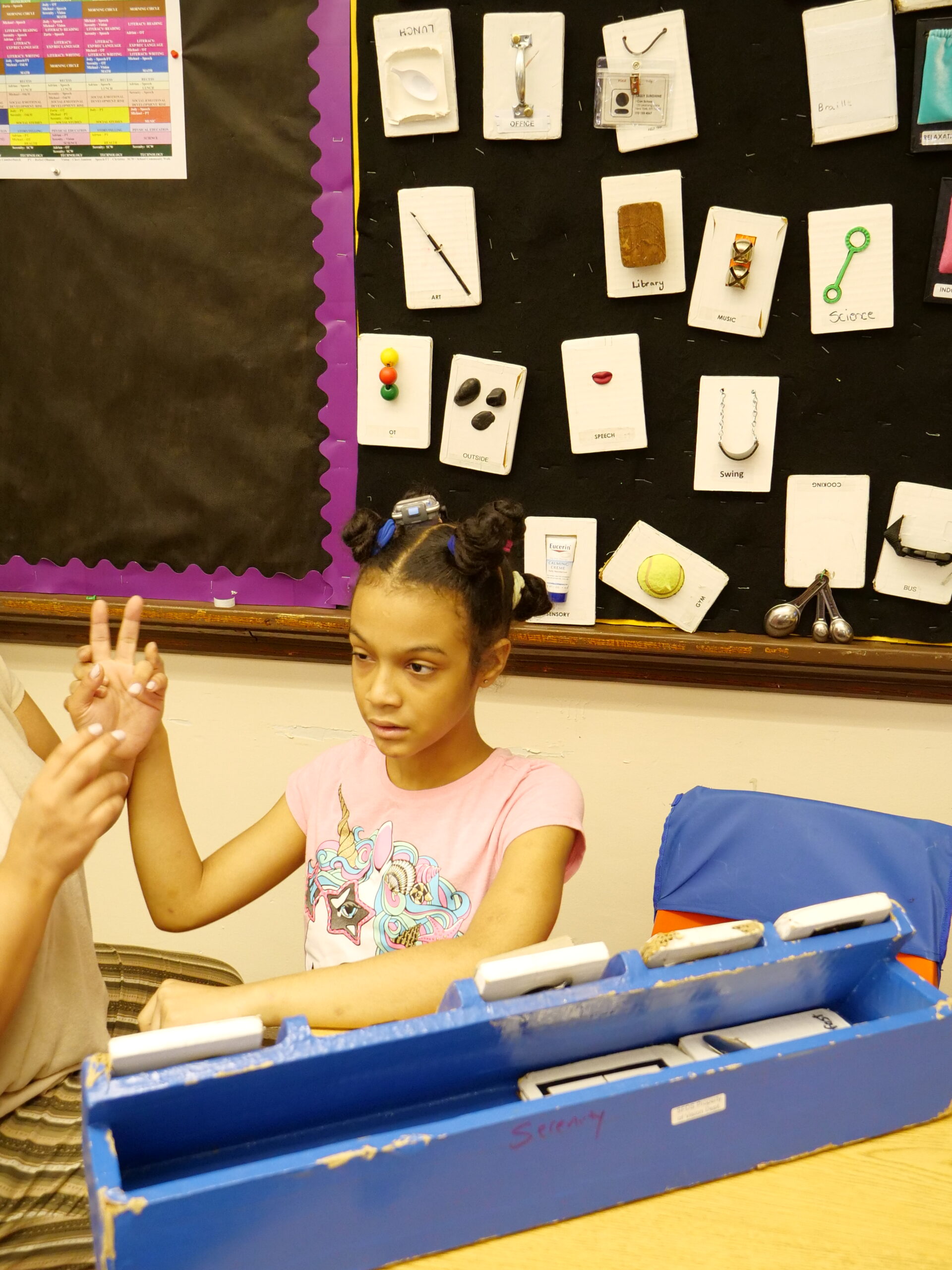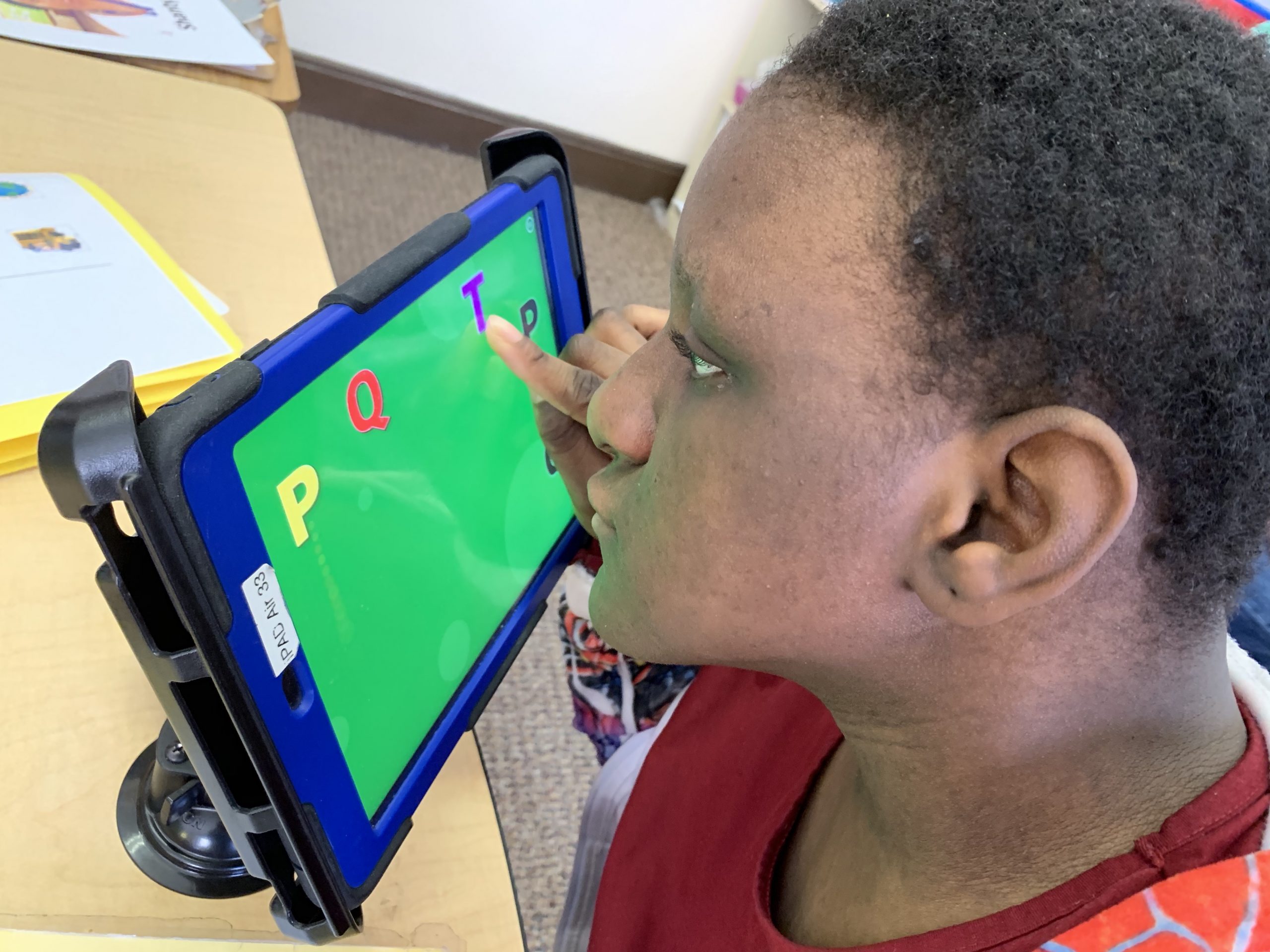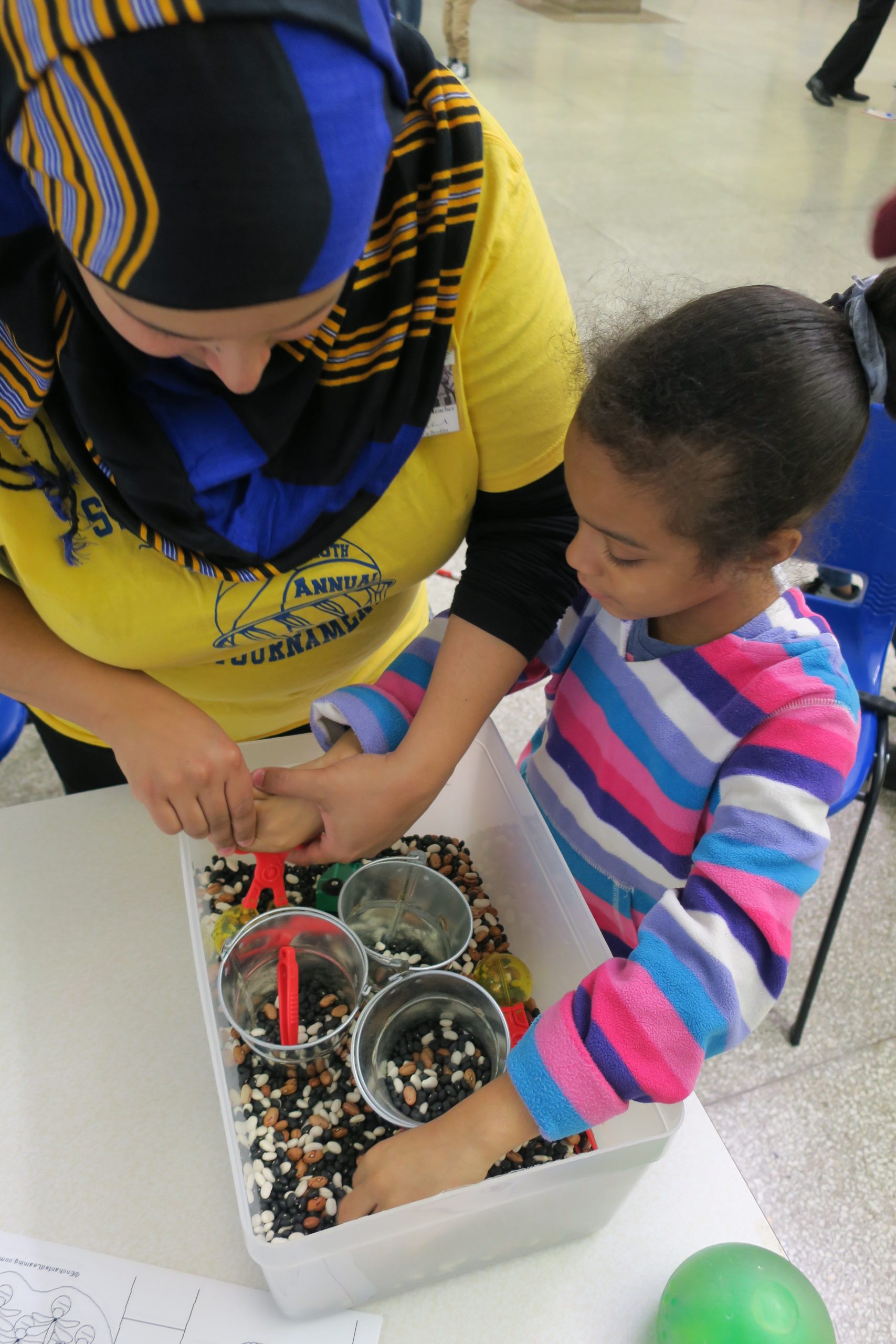


DeafBlind Educational Services
Services:
Teacher of the Blind and Low Vision works daily with students and their teams
Consulting Orientation and Mobility Specialist (O&M) works daily with students and their teams
Interveners coached by the New York DeafBlind Collaboration (NYDBC) on the Open Hands Open Access (OHOA): DeafBlind Intervener Learning Modules
Continuing Professional Learning in collaboration with the Perkins School for the Blind & NYDBC
Service Delivery Models include:
1:1 Pull-Out Sessions, Push-In Sessions and Community Experience Sessions
Consultants work with school staff (classroom, special teachers, service providers, supervisors and maintenance) to provide accommodations & modifications to the school environment that make the learning environment safer and more accessible
Intervener paraprofessional, if needed
Classrooms and Therapy Rooms equipped with adaptive and enabling devices and toys
Active Learning Approach
Expanded Core Curriculum
Continued professional development in collaboration with agencies such as the NY DeafBlind Collaborative, Helen Keller National Center, Visions and NY State Commission for the Blind
Examples of Modifications and Accommodations:
Large size paper to accommodate large size font
Colored paper to enhance contrast of the print on the background
Tactile tiles to use for scheduling and alternative communication
Cushions on open door frames, cushions on stair posts
Tactile tape on the edge of steps outside and inside the building
Magnifying lamps, Low vision monoculars
Visual/Tangible Symbols
Mobility & Adapted Mobility Devices
Seating accommodations: student with low vision sit with their backs to the window so the glare of light coming through the windows as less of an impact on their vision.
Hallways with no clutter to ensure safe walking areas
Modified activities in the classroom, gym, art, and recommended services
Tactile items for lessons to offer the student a full sensory experience when learning new information and reinforcing the retention of previous information.
